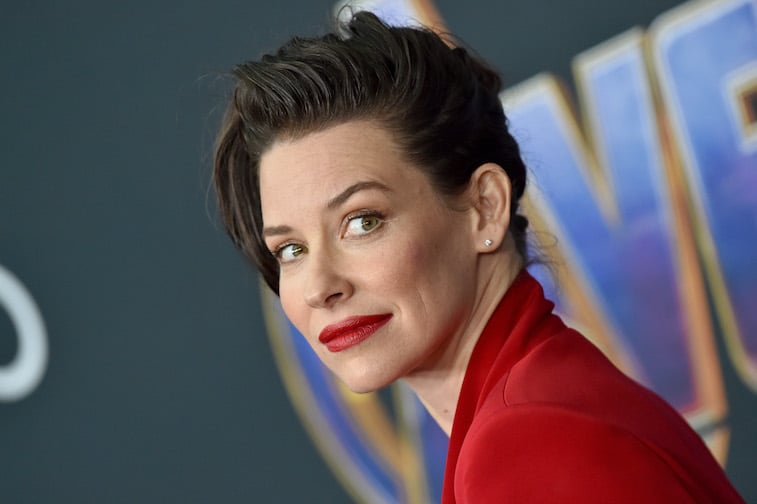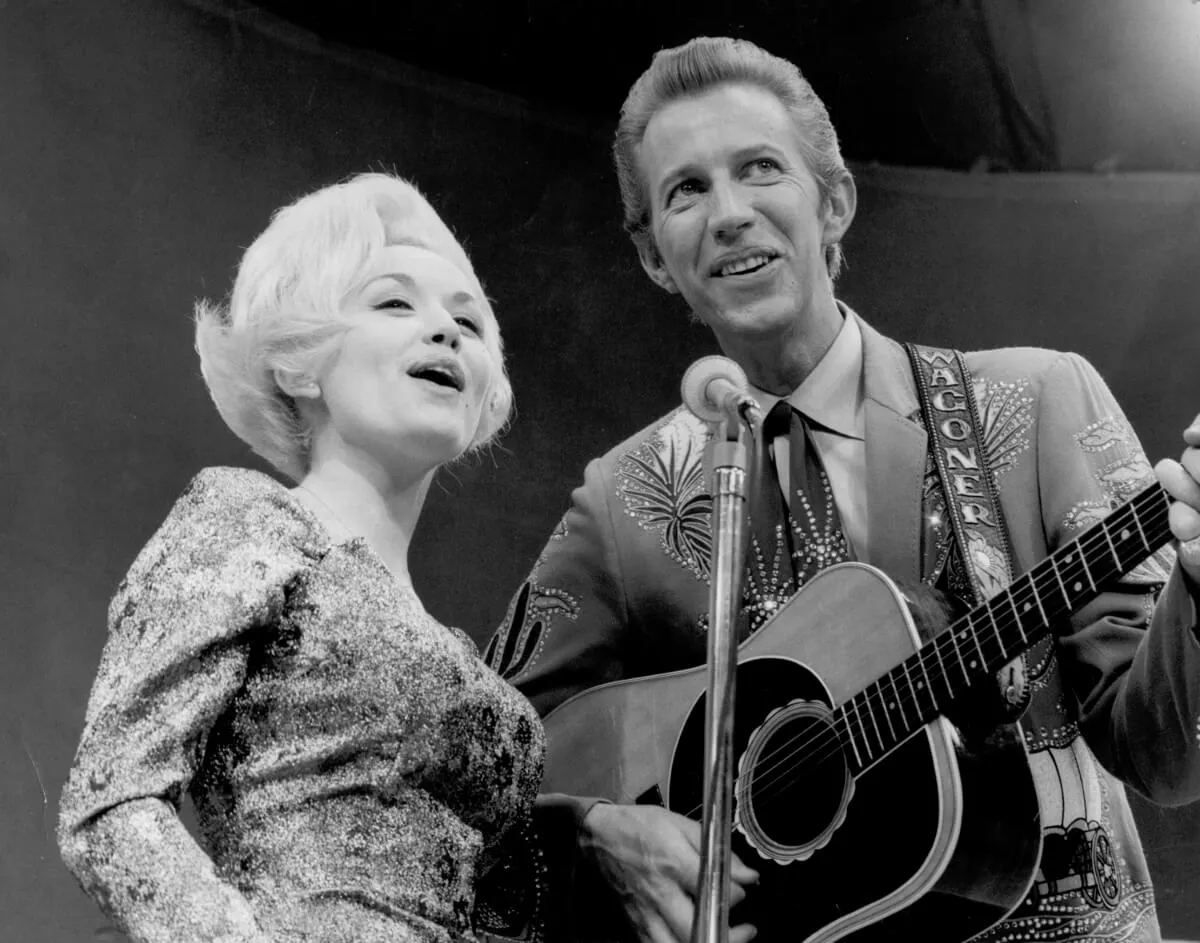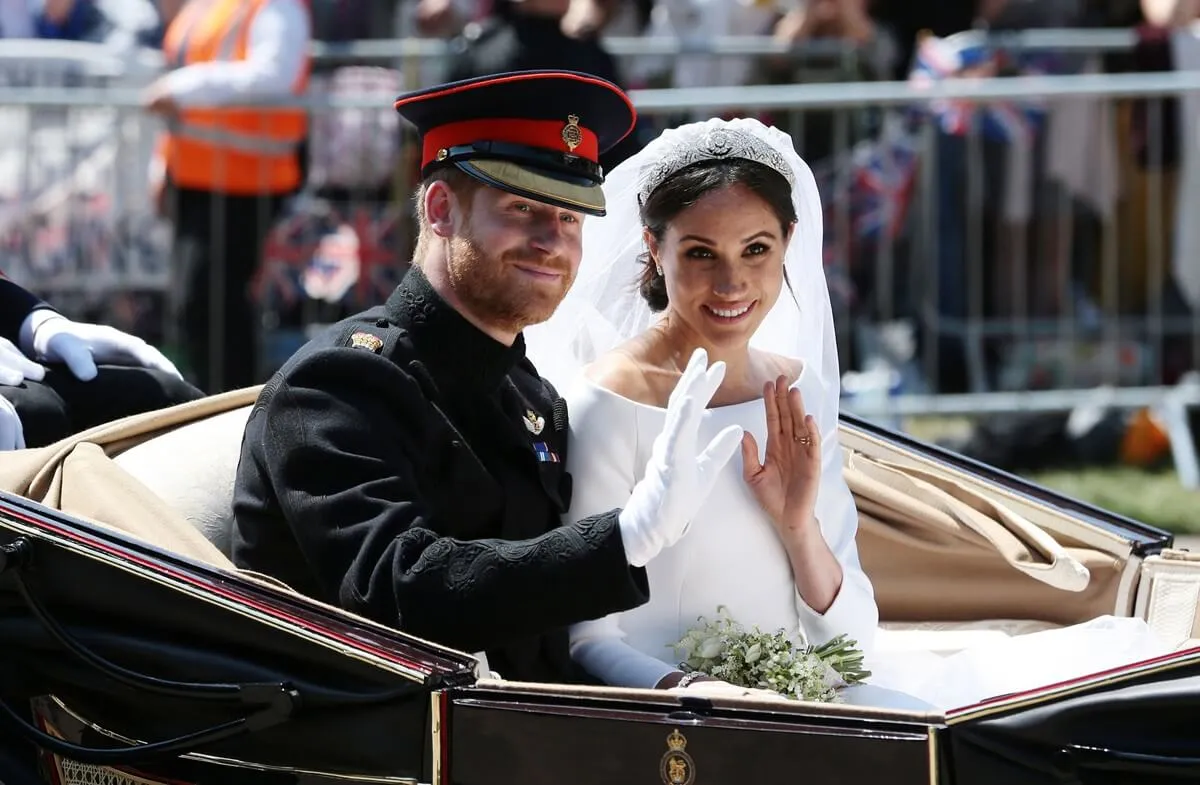MCU Fans Share Their Theories About Why Wasp Can’t Fly When She’s Human-Sized
While MCU fans are in quarantine, the reanalysis of Marvel characters is growing interesting, including looking at the physics of each superhero’s abilities. One of those looked at a little closer recently is Wasp, otherwise known as Hope van Dyne (played by Evangeline Lilly).
With her ability to have wings like a wasp, fans still wonder why she can only fly when shrinking to smaller size. Few ever noticed why she never took to flying when in full body size, despite having her wings available.
Based on a little scientific analysis, it seems simple physics can answer the question. On the other hand, it never has explained everything, leaving a bit of confusion.
Others look at the magic of Pym Particles as a cop-out explanation.
Is there a logical scientific reason behind Wasp only flying when small?

Just like Ant-Man, Wasp is able to shrink to small size and has superhuman strength besides. Hope van Dyne inherited the suit from her mother, Janet, using artificial insect wings similar to what is seen on a real wasp. All these powers are the result of Pym Particles designed by her father (Hank Pym) through Pym Technologies.
In the movies, Hope has her artificial wings while in normal size, though refrains from flying until becoming the size of a wasp. When human size, she exhibits other powers like energy projection, insect manipulation, plus martial arts ability.
Hope/Wasp is truly a stunning woman superhero overall, if still confusing fans why she never bothers to fly when in full size. Fans on Reddit started a new thread recently asking why this is, probably not for the first time.
It turns out only having Wasp fly when small size is faithful to what Marvel comics always presented to readers. If an example of how faithful the MCU is to the comic books, some fans are still perplexed at the physics involved and why flight only occurs at insect level.
It’s noted that Hope does have her wings when normal size
On the above Reddit thread, a commenter noted Hope is seen flapping her wings for brief moments when normal and just before she shrinks down. The thought is maybe she avoids taking her artificial wings out while fighting in full size to avoid damaging them. After all, they are probably slightly fragile like a real wasp’s wings are.
The real explanation may come in the use of Pym Particles, though. Despite these particles essentially being a form of superhero magic, they were discovered by Hank Pym to reduce the distance between atoms. As a result, it allows anyone to increase their density and strength when shrunken.
In physics terms, the particles enhance all strength density, hence bringing faster methods of flight. Based on this scientific description, it may explain why Wasp waits to fly when at insect size.
Fans still find other workaround explanations, creating further speculation beyond the overly convenient Pym Particles.
Is there a difference between biological and mechanical wings?
Another interesting explanation from a Reddit user says it may all come down to the type of wings Wasp uses. In the comic book editions of the character, Wasp had a different human name. At one point, the comics focus on Janet van Dyne, then she’s Nadia at another point.
With the Janet version of Wasp, she uses the mechanical wings, yet Nadia had real biological wasp wings implanted by her father, Hank Pym. In the MCU, Nadia is the cousin of Hope van Dyne and has the ability to become a giant woman.
For whatever reason, the MCU decided to eliminate Hope ever having biological wings, maybe giving away the real science to why she never flies without shrinking first. The physics would become very different if using mechanical wings at full size compared to real wings.
Whatever the real explanation is, it does provide an interesting physics lesson. Outside of Pym Particles being nothing but fantasy, there is real science at the core, allowing some real logic to go into the MCU more than once.


